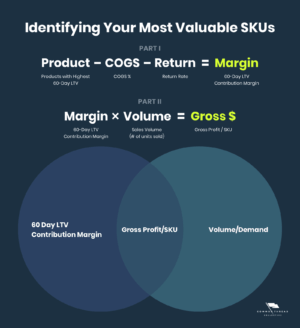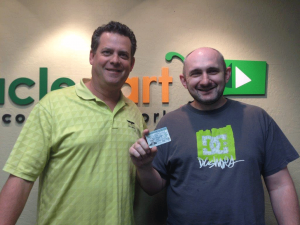If you’re in the bathroom retail industry and looking to increase eCommerce sales, website traffic and brand awareness then you’ll need multiple digital marketing strategies working together to achieve multiple goals. Digital marketing channels play better together anyway and the good news is that all your results will be amplified by running multiple digital marketing strategies simultaneously.
After working within the bathroom, interior design, furniture, building and home improvement sectors for many years, as well as increasing the fortunes of 100s of retail websites, here are our top 5 digital marketing strategies for selling more baths, showers, basins, taps, tiles, vanity units and bathroom furniture.
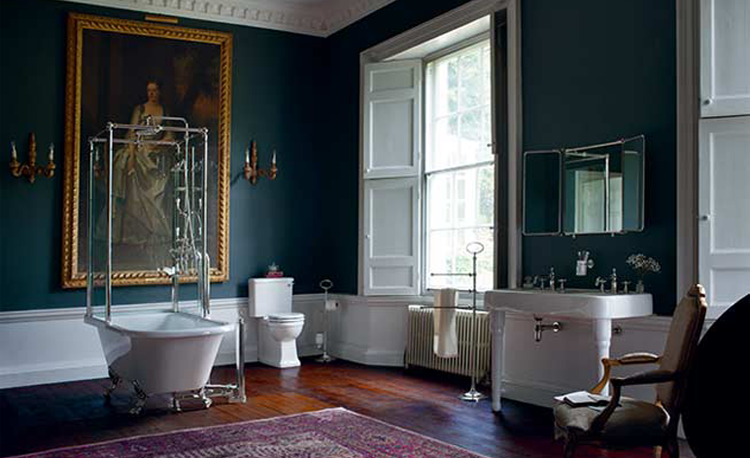
1. Uncover your unique selling proposition
Me too brands will never win, so lose your brand snooze and dig for glory. What is it about your brand that is unique? Is it that you specialise in luxurious walk-in showers with designer stone shower trays, or that your bathroom furniture is made using sustainable practices. This step in your digital marketing strategy is absolutely fundamental as without a unique brand proposition, you will be missing out on finding your ideal customers who want to find a sustainable bathroom furniture company or a designer shower tray specialist.
If you’re struggling to find something truly unique about your brand and are thinking about going down the cheapest route, then that would be a recipe for disaster. Any company wants to be able to demonstrate value but dropping your prices across every product is a race to the bottom, where no-one wins. Instead find out why your customers buy from you. If this question is hard to answer, speak to your sales team or if you have customer reviews, read what your customers are saying about you and you will have invaluable “Voice of Customer” insight to shape your uniqueness. Nothing is better to develop your brand positioning upon than real-world facts.
Once you’ve nailed your USP, you can use that in every single piece of copy you publish, including:
- Sitewide banners
- Homepage, category and product page content
- Google AdWords and Bing Ads text ads
- Email promotions
- Social media profile content on Facebook, Instagram, Twitter and Pinterest
- Sales promotions
- Offline brochures
- Packaging inserts
2. Find the keywords your buyers use
Start with your best selling product categories
Armed with your unique selling proposition, make a list of all your best selling product categories e.g.
- Baths
- Showers
- Shower screens
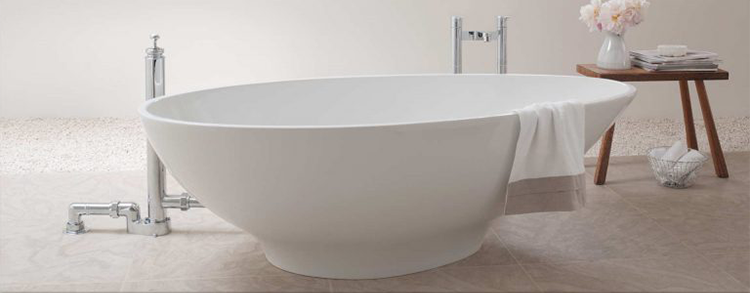
Look for synonyms of your USP
Now make another list of alternative ways of describing your unique selling proposition in relation to your products. For example, if your designer style is your USP then synonyms might include:
- Designer
- Luxury
- Bespoke
- Made to measure
Hunt down adjectives of specific products
Next, you can look at specific features of certain products that fit your designer proposition:
- Large
- Free standing
- Low profile
- Stone
- Slate
- Marble
The keyword mash up
Now mash together your best selling product categories with synonyms of your USP, or product categories with adjectives of specific products to create a list that you can verify in your favourite keyword research tool.
The keyword analysis results
From our initial sample of Keyword Research, you can see that our best selling categories like “bath”, “shower” and “shower screens” get a lot of search demand, with a total of over 200,000 searches per month in the UK market.
However, our mashup keywords including a combination of {USP synonyms + product category} or {specific product adjective + product category} get considerably less searches but are significantly more relevant to an audience who wants a certain designer style.
Therefore, targeting these more relevant keywords will attract the right type of audience who is further down the buying journey and knows specifically what product features and style they want.
So whilst the searches are fewer, the conversion rate will be higher so you need 10s of sessions to get a sale in comparison to 1000s of sessions to get a sale from the more generic terms.
| Keyword | Avg. UK Monthly Searches (Exact Match Only) |
|---|---|
| bath | 135000 |
| shower | 40500 |
| shower screens | 33100 |
| walk in shower | 18100 |
| luxury bathrooms | 2900 |
| freestanding baths | 2400 |
| designer bathrooms | 1600 |
| stone shower trays | 1300 |
| low profile shower tray | 880 |
| bespoke shower trays | 390 |
| made to measure shower trays | 320 |
| large shower screens | 110 |
| designer shower trays | 70 |
| designer shower screens | 30 |
Source: Google AdWords Keyword Planner
3. Add the language your buyers use to your content
Now you may think, if a keyword only gets 100s or 10s of searches a month, why bother adding it your website.
Well, the alternative way of thinking about it is, on each product or category page there may be 100-300 words of content and within that content, there may be an opportunity to include 10s of exact match keyword variations of the main keyword and 100s of extra-long tail keyword combinations (keywords with 5-6+ keywords).
So when you multiply that page by 1000s of pages of your site content, your brand will be found in search engines for 10,000s of keyword variations adding up to 100,000s of relevant searches in total every month.
Prioritising your onsite search engine optimisation (SEO) is top of the list because it’s the digital marketing channel where people are searching to buy now. So add the language your buyers use to all of the following on a page by page basis as an absolute priority:
- Title tags
- Meta descriptions
- Headings
- Category page copy
- Product page copy
- Blog copy
4. Yank media spend into Google Shopping
Search engine marketing is so powerful for bathroom retailers as buyers use search engines to find the bathroom of their dreams every day.
Once you’ve got your onsite SEO strategy rocking, the next most effective strategy is to get your Google Shopping campaigns ship shape.
From our experience of delivering millions of pounds of revenue from paid media, we’ve found that the majority of retailers are leaving money on the table by not dedicating enough resources to their Google Shopping campaigns.
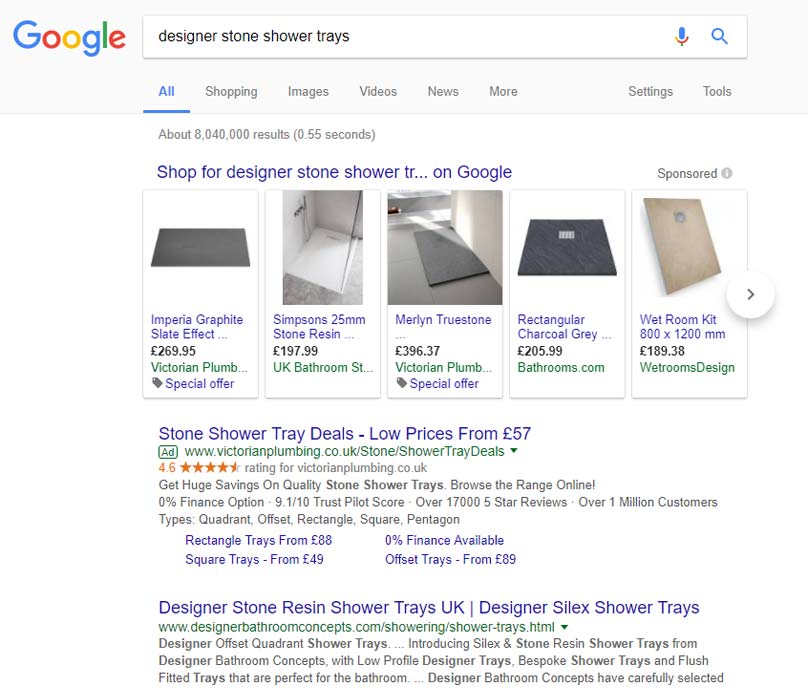
Ultimately, your Google Shopping campaigns display a picture of your product, the price and your brand to people searching for your products. Your Google Shopping campaigns should have one of the highest digital marketing channel conversion rates out of ALL of your channels. We’d expect an average eCommerce PPC conversion rate in the region of 1-5% from Google Shopping.
Even if you’re found organically in the same search results, if there are competitor Google Shopping ads showing above you, your ideal buyers might not ever get as far down as your organic listing – especially when there’s a shiny picture of exactly what they want at a price they’re willing to pay.
So to increase your bathroom product sales from your paid media channels:
- Analyse which AdWords campaigns are not driving any sales revenue from pay per click
- Update your product feed on at least a daily or ideally real-time basis to make sure you are in constant compliance with the latest Google Shopping guidelines – or your ads will be removed!
- Move media spend into Google Shopping campaigns
- Optimise Google Shopping campaigns with negative keywords to prioritise being found for your remaining top converting keywords. Without any or enough negative keywords in your Shopping campaigns your ads will be appearing and possibly spending money on buying clicks from keywords like “cheap shower trays” based on a Broad Match.
5. Match your favourite customers to lookalike audiences on Facebook, Instagram and Pinterest
Another well under-utilised digital marketing strategy that we’ve seen deliver 4,300% return on investment, is social advertising. Just to clarify as an example, that’s getting back £43,000 in eCommerce revenue for every £1,000 of media spend. For more juicy details, take a look at the CIM Award Winning Campaign Case Study.
This eye-watering amount of ROI is not first on the list because you need a critical mass of customers to make this digital marketing channel drive this kind of massive return on spend.
If however, you have 1,000s or 10,000s, or maybe even 100,000s of customer email addresses, get ready to get a bit, very or extremely excited if you’re not already taking full advantage of social advertising.
Now we’re not talking about boosted or sponsored social media posts here, we’re talking about Facebook Ads, Instagram Ads and Promoted Pins on Pinterest.
To really make social advertising deliver masses of eCommerce revenue you’ll need to make sure you’ve got all of the following bases covered:
- Continuously updating your social advertising accounts with new customer email addresses
- Advertising to both Custom and Lookalike audience segments that are overlaid with additional match types such as interest insights of your buyers uncovered in step 1 as to why your best customers buy from you
- Creative featuring your best selling categories along with the language your buyers use as gleaned from step 2
- Campaigns directing prospective customers straight to the most relevant category and product pages as identified from step 3
- Sales promotions tested as being the top converting from step 4
For more eCommerce marketing strategies join the ThoughtShift Guest List and get the latest blogs delivered to your inbox each month or get in touch to arrange your free digital marketing analysis.

